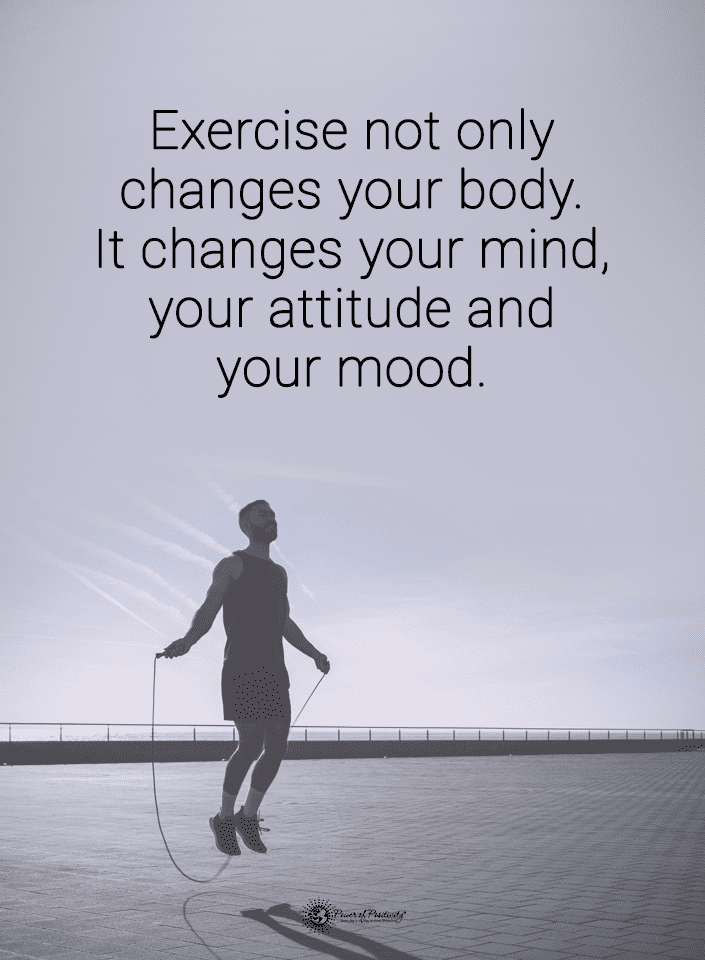A full body workout can help improve your fitness levels while allowing you to reach your weight loss goals. Incorporating a total body workout into your exercise routine can efficiently melt fat and improve overall health.
Full-body workouts are perfect for people with a busy lifestyle because they don’t take as long as other forms. They’re also great for anyone wanting to increase their fitness levels because they encourage you to push yourself. These exercises also target all areas of your body, ensuring no muscle groups get neglected.
If you ever wonder why these workouts help with weight loss, this information can help you understand it. They help build muscle, boost metabolism, and target all muscle groups without interfering with your busy life. You’ll want to incorporate it into your exercise routine once you realize the many benefits.
What is a Full Body Workout?
Total body exercise involves using every major muscle group, including your:
- back
- chest
- shoulders
- legs
- arms
- abs

You don’t have to do multiple exercises to target each group. Instead, it involves performing fewer movements for a balanced workout.
Some of the exercise types included are compound exercises and functional training. Compound exercises target multiple muscle groups simultaneously, allowing you to get more out of the routine. Functional training includes workouts that make it easier to perform daily activities.
When you miss a workout, you won’t miss targeting a specific body part because you’ll already have done it during total body exercise.
Don’t do a full body workout daily because you must give your muscles time to rest and recover. Instead, aim to do it two to three times weekly.
Benefits of a Full Body Workout for Fat Loss
Understanding the benefits can help with maximizing fat loss with full body workouts. You’ll recognize why you should implement these exercises and what they can do for you. Here are some of the perks:
Increased Calorie Burn
Full-body workouts increase calorie burn, promoting fat loss and weight management. Studies show that these exercises lead to burning more calories when compared to isolated exercises. They create a better hypertrophic effect to build muscle and burn calories, helping you reach your fitness goals.
These workouts combine strength training and cardio, forcing your body to use fat for energy. They promote thermogenesis, which is the process of creating energy to digest and absorb nutrients.
Compound exercises to work out multiple muscle groups simultaneously require more energy expenditure. These workouts require coordinated movements and involve heavy loads. They also move more oxygen to muscles, further boosting calorie burn.
Enhanced Metabolism
Full-body workouts build your muscle mass, increasing your metabolism. You’ll burn more calories during exercise and boost your resting metabolic rate. It means your metabolism stays heightened even when you’re sitting or relaxing.
The metabolic increase can last for hours or up to a few days after your workout. Choosing intense workouts increases the metabolic effect, so go as hard as you safely and comfortably can. Try to increase your weights regularly or push yourself to do a few extra reps.
Improved Hormonal Balance
Testosterone is one of the fat-burning hormones, and when it’s low, it can cause people to put on weight. Low hormone levels also make it harder to build lean muscle mass.
Total body workouts boost testosterone levels and promote hormonal balance. It works many muscle fibers that trigger the release of testosterone. You’ll also build muscle-mass tissue quicker.
Exercise also helps balance estrogen, another hormone contributing to fat burning. Unbalanced estrogen levels lead to weight gain and fat storage, so you must reach a balance. Estrogen also affects menopause symptoms, so maintaining balance can help with that, as well, boosting your overall well-being.
Stress and depression can lead to overeating or choosing unhealthy dietary options. Regulating your dopamine levels can ease these issues, helping you focus on your goals. It also allows you to make better health choices, promoting fat loss.
Serotonin is another hormone related to losing fat and living a healthier life. It improves your sleep quality, potentially reducing your overall calorie intake because those who don’t get enough sleep overeat often. Lack of sleep also contributes to bad dietary decisions and slows your metabolism.
Focusing on hormonal balance can help you get the most out of your workouts and burn fat. You can push yourself during workouts when you get enough sleep, experience less stress, and feel better.
Greater Exercise Efficiency
You will not need to spend as much time working out when you do full-body workouts because you’ll target everything simultaneously. While working out in the gym can help, you do not have to leave your home to promote exercise efficiency. It’s time-saving and allows you to squeeze in some exercise time despite a busy schedule.
High-intensity total body workouts also involve less recovery time between sets. Since you balance and spread out the exercise throughout your body rather than focusing on one muscle group, it allows you to speed up recovery time. You won’t have to rest a specific muscle group as long as for isolated exercises because it doesn’t fatigue a specific muscle as quickly.
Additionally, full body workouts don’t require you to do them daily. Instead, you can take a day or two off to let your body recover and heal. You can get it all completed in only three workout sessions weekly.
Your body will also adapt to the workout load, helping you become stronger and fitter. When this happens, your workouts will become more efficient as you begin pushing yourself.
Functional Fitness and Reduced Injury Risk
Full-body workouts promote functional fitness and reduce the risk of injury. They allow your body to recover between workout days while building muscles that help with your daily tasks.
On the other hand, with split training, you might work out one muscle group one day and then use it without realizing it during a different exercise the next day. When that happens, it doesn’t allow full recovery, increasing your risk of injury.
You can take days off in between because you already targeted everything with a total body workout. It allows at least one day for every muscle group to recover, ensuring you don’t accidentally overuse any area. It promotes reduced injury risk while boosting joint health.
Another way these workouts reduce your injury risk is by ensuring you don’t neglect any area of your body. Focusing too much on one muscle group can damage your muscles and joints or lead to other issues. Full body workouts ensure you work out your core and all other muscle groups to balance your body.
Incorporating a Full Body Workout into Your Fitness Routine
Focus on training efficiently when incorporating full body fitness into your workout plan. Start with a warm-up involving your entire body and requires strength. It will help you prepare for your exercise and reduce your injury risk.
Continuing fat loss requires progression, so keep pushing yourself as you gain strength. As your workouts continue, you should increase the weight to intensify your exercise without causing injury.
Consider focusing on variety to help keep you motivated. As you switch the exercises, push yourself to add a rep for the best benefits. Pushing yourself encourages you to engage your muscles and build strength, benefitting overall well-being.
Some tips for creating a balanced full-body workout plan include:
- Using supersets: Supersets are exercises with two sets in a row, working opposing muscles.
- Doing a circuit: A circuit is when you pair two or more exercises that use different muscle groups.
- Split it into sessions: One day, you can do pushing exercises, the second day pulling, and the third supersets. Make sure to take a break in between each session.
- Warm-up: Use bands and body weight to warm up for your workout.
- Gradually increase the weight: Aim to increase the weight weekly, even if it’s only by a little. Any increase can boost your efforts and help you get the most from your workout.
- Add a rep each week: Adding a repetition to your sets each week helps maximize your workouts.
- Set a daily and weekly goal: Choose how many minutes of exercise you want each week. Then break it down into a daily exercise frequency plan that helps you reach your target.
Some of the workouts you can try include but are not limited to:
- squats
- deadlift
- box jumps
- burpees
- leg raises
- kettlebells
- reverse lunges
- bench press
- Mountain climbers
- renegade rows
- inverted rows
- overhead press
- thrusters
Final Thoughts on Utilizing a Full Body Workout for Fat Loss
A full body workout for fat loss is perfect for strength-building and reaching your weight goals. It takes dedication and motivation to follow a plan, but it’ll be well worth the effort.
You likely won’t see results immediately because it takes time. However, once the differences become evident, you’ll be glad you stuck to your exercise regime.
Continue workouts for fat loss even after seeing results to maintain your healthy lifestyle, keep losing weight, and boost strength. It’ll also boost your confidence levels and help you reach your goals.


















